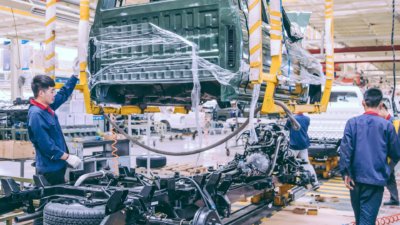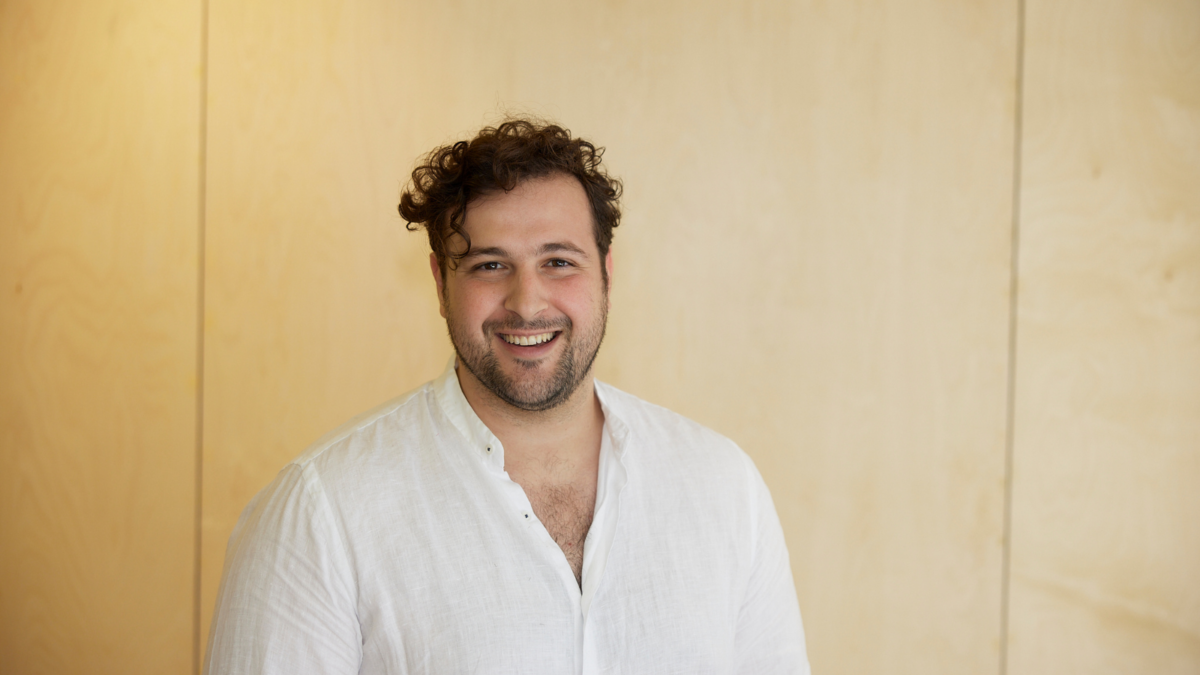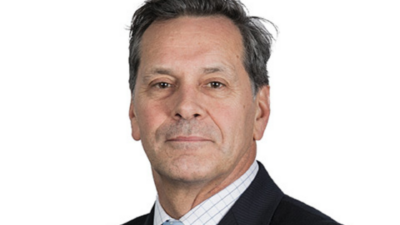‘Better than stale stock’: Build-to-rent makes way for ‘the bigger play’
Large institutions are trying to create social good alongside a financial return for their investors or members, but James Alexander-Hatziplis, CEO of architectural firm Place Studio, doesn’t believe that investing in more build-to-rent housing – the model of choice for several large super funds – is creating the best outcome.
“What we think the larger play is here is providing more affordable housing that’s more sustainable for either buyers or renters, and that’s not built-to-rent really,” Alexander-Hatziplis says. “It’s about looking at traditional models and doing things that really drive down the cost or really consider what those costs are… Build to rent is not the solution; build-to-rent is silly. Most of the return is in capital gains and that requires you to sell it to realise. We will see in the next five years the whole market will change.”
The model that Alexander-Hatziplis believes will become more prevalent is lease-to-own – solving the affordable housing problem the same way the car industry made buying a new car more attainable.
“There would be no competition; everybody would opt to lease it as opposed to renting it,” Alexander-Hatziplis says. “At the moment we’re telling people they just have to rent it off a large institution and they give you a promise that they won’t sell this building later to go into an on-market situation. You might be there 10 years but you own nothing. We think that model will develop up to really attack build-to-rent.”
Lease-to-own appeals to a larger demographic who actually want to own the place they’re living in rather than paying rent to an institution in perpetuity and gives that same institution an opportunity to realise capital.
“If large super funds are in the process of diving into the property market by holding large stocks of apartments, I think that they’re better off using a model that allows them to realise some of those capital gains on the way, and allows them to reinvest those earnings into new projects that will provide additional capital gains,” Alexander-Hatziplis says. “That’s a much better model than a set and forget stale pond investment model.”
Of course, that “stale pool investment model” has its own benefits – the ability to cover projected liabilities for members who expect consistent income into retirement. But Alexander-Hatziplis believes the lease-to-own model is still superior, even if there has to be a mix.
“Developing 500 apartments and seeing them realise into capital over a 15 year period is better than in 15 years being left with a stale stock building that maybe has had some maintenance costs involved – but to on sell it you’re on-selling it to another institutional investors who’s also trying to receive capital gains and income yield on an old building.”










